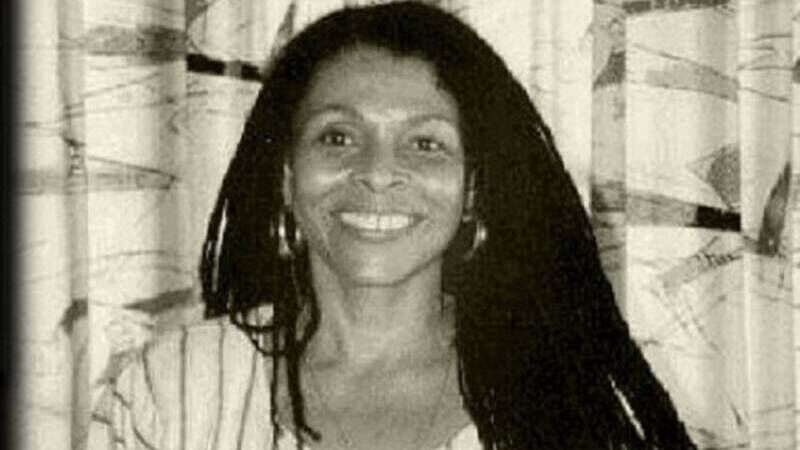Colin Sheridan: Assata Shakur’s death recalls life’s living struggles

Assata Shakur, one of the most consequential Black political revolutionaries and writers of her time and enemy of the US government until her last breath, died on September 25.
Last week, a woman many people have never heard of — Assata Shakur — died in Havana at the age of 78. Her death we know to be fact. The rest of her life was an argument.
She was born JoAnne Deborah Byron in Queens, 1947, long before the American dream was publicly acknowledged as the American nightmare. Like many before her, she rejected her “slave name,” choosing Assata Olugbala Shakur — “she who struggles, redeemed.” That was less reinvention than revelation. In the US of the 1960s and 70s, the Black Panthers were a lightning rod. Depending on your point of view, they were either a menace with Afros, berets and shotguns, or a civil rights vanguard feeding children and defending communities from the violence of the state.
Shakur lived at that fault line. She became both a figurehead and a fugitive. Dozens of indictments followed: bank robberies, shootouts, kidnappings. Many charges collapsed in court. But in 1973, on the New Jersey Turnpike, a shootout left a state trooper dead, another officer wounded, and Shakur arrested. She was shot twice herself. The state insisted she fired the fatal bullet. She insisted her arm had been too badly damaged to pull any trigger. A jury convicted her regardless. Life plus 33 years.
She did not serve them. In 1979, with the aid of sympathisers, Shakur escaped. By 1984, she had fled to Cuba, where Fidel Castro gave her political asylum. There she lived until last week, raising her daughter, writing her memoir, and remaining the most famous exile America could not retrieve. In 2013, she became the first woman placed on the FBI’s “Most Wanted Terrorists” list. It was both a threat and a coronation.
But this was no simple story of cops and robbers.
HISTORY HUB
If you are interested in this article then no doubt you will enjoy exploring the various history collections and content in our history hub. Check it out HERE and happy reading
She was courageous, flawed, contradictory. And it is precisely this refusal to be neat that makes her story resonate.
If her life wasn’t cinematic enough, consider her family tree. She was the godmother and aunt by marriage of Tupac Shakur. For a generation who learned more politics from hip-hop than from textbooks, that connection matters. If Tupac rapped about America’s contradictions in rhyme, Assata lived them in exile. The link between the microphone and the Molotov was closer than most polite society cared to admit.
And yet her death comes just as Paul Thomas Anderson releases his new film, . The coincidence is eerie. The movie deals with the ghosts of 1960s revolutionaries, faded ideals, betrayals, and the inconvenient residue of youthful militancy. Leonardo DiCaprio has called it a satire on our age of division. In truth, it is a séance. It summons the dead. And now, Assata Shakur has joined them.
The prescience is unsettling. Around the world, dissent is bubbling. In France, farmers blockade roads. In India, students march. In the US, labour unions flex muscles not seen in decades. In Ireland, too, the streets have filled with protests — about housing, about Gaza, about the climate crisis. Everywhere, people are told to keep calm, to queue quietly, to accept the state of things. Everywhere, they increasingly refuse.
Shakur’s death is a reminder that the forces of order will always brand refusal as criminal. She spent half a century as either the States' prisoner or its bogeywoman. Even in Havana, her face sat on FBI posters in American post offices. Her bounty: $2m. That persistence tells you something about those the powerful fear.
The danger now is that her death is filed under “past tense.” That we reduce her to a footnote. Terrorist. Fugitive. Rapper’s aunt. But history is not a ledger to be balanced. It is a live wire, and Assata’s story still sparks.
In Ireland, we are familiar with contested memories. We know how one side’s terrorist is another’s freedom fighter, how one decade’s villain is another generation’s feted statesman. We know the moral ambivalence of power, the way violence gets pardoned or punished depending on whose flag it serves. We know the temptation to tidy it all up for polite company.
But Shakur’s life resists tidying. Her legacy sits uncomfortably in the living room. It asks awkward questions: who gets to define justice? Who gets to control the narrative? And whose bones are buried beneath our silence?
What does on screen, Shakur did in real life. She unsettled. She made people uncomfortable. And she refused to be erased. That is why her death is not just the end of a life but the continuation of an argument.
Because what is more dangerous than rebellion? Memory. Forgetting is the weapon of choice for states everywhere. Forgetting allows us to believe that injustice is exceptional rather than structural, occasional rather than constant. Forgetting permits us to think Ireland’s housing crisis, or America’s racial crisis, or Palestine’s occupation, are simply “issues” to be managed, not systems to be dismantled.
Shakur’s death should remind us that the struggles of the 1970s are not relics. They are living, breathing, unfinished. Her autobiography ends with a refrain: “The struggle continues.” It still does.
So how do we remember her in Cork or Limerick or Dublin, on student campuses, if we dare remember her at all? Not by canonising her. Not by sanitising her. But by recognising that her life and death reflect a broader truth: power fears those who refuse to be silenced.
Assata Shakur has left the stage. But the drama she embodied — of justice, dissent, memory — remains centre-stage. To call her a freedom fighter or a terrorist is to miss the point. She was a struggle, personified.
Somehow, despite her death, you know she lives on, fights on, one battle after another.














